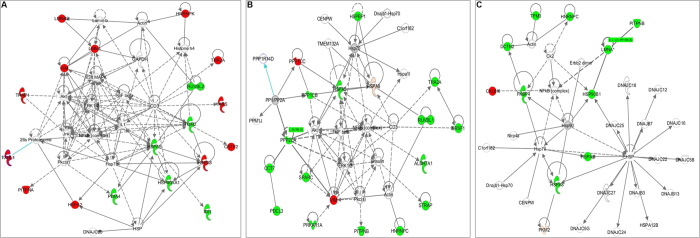Figure 3. Protein networks significantly regulated (p < 0.05) by rNA-wt relative to rSD20 infection.
DE proteins were analyzed by using Ingenuity Pathways Analysis (IPA, Ingenuity Systems) to determine cellular pathways impacted by rNA-wt relative to rSD20. (A) At 12 hpi, the functional network with the highest score was Post-Translational Modification, Protein Folding, DNA Replication, Recombination, and Repair with TGF-β at its center. The proteins in red and green were significantly up- or down-regulated expression (p < 0.05), respectively. Proteins in white are available in the IPA database but were not detected in this study. The shape of symbols denotes the molecular class of the proteins. A solid line indicates a direct molecular interaction, whereas a dashed line indicates an indirect molecular interaction. (B) At 24 hpi, the DE proteins of rNA-wt relative to rSD20 were mostly down-regulated and mainly involved in Post-Translational Modification, Cancer, Cardiovascular Disease, with TGF-β as central molecular. (C) At 36 hpi, the pathway of DE proteins of rNA-wt relative to rSD20 included Lipid Metabolism, Small Molecule Biochemistry, Vitamin and Mineral Metabolism.

